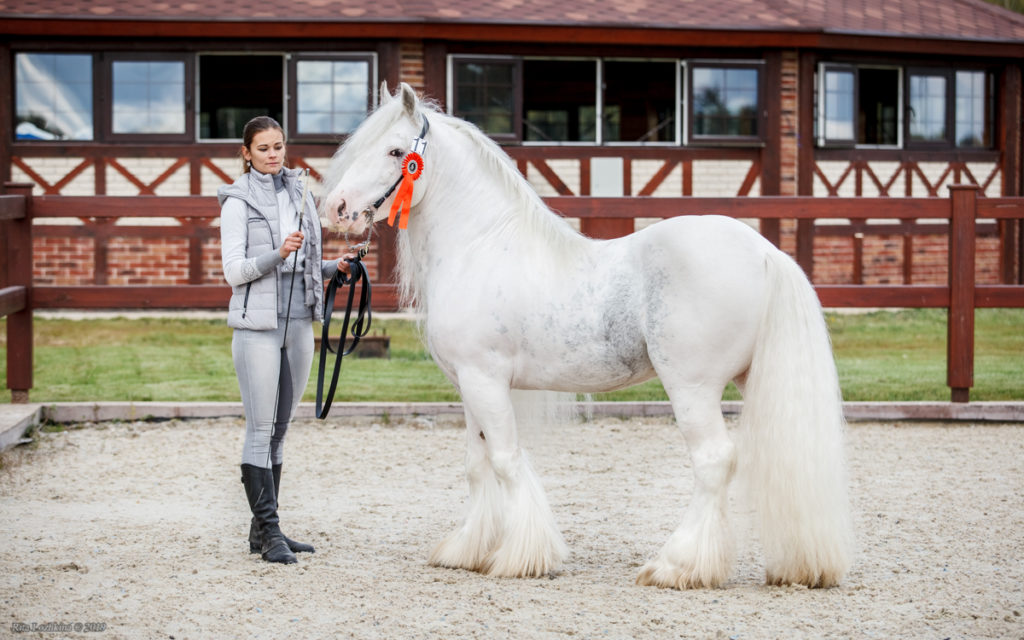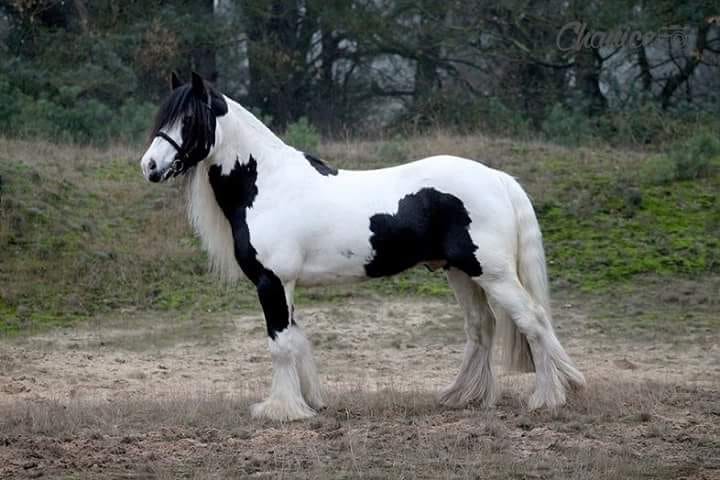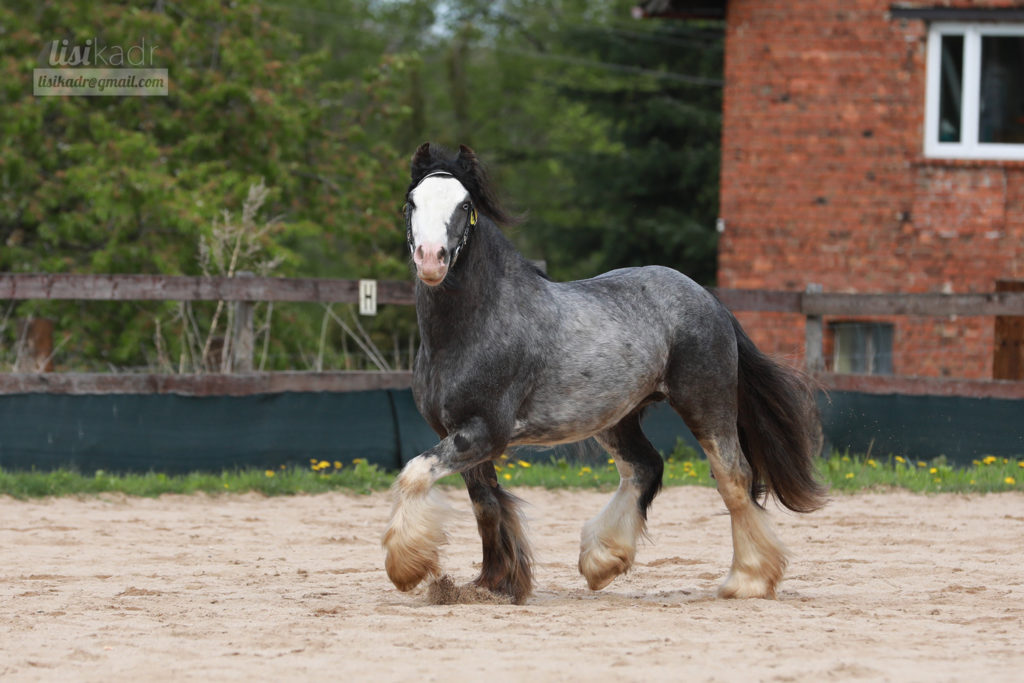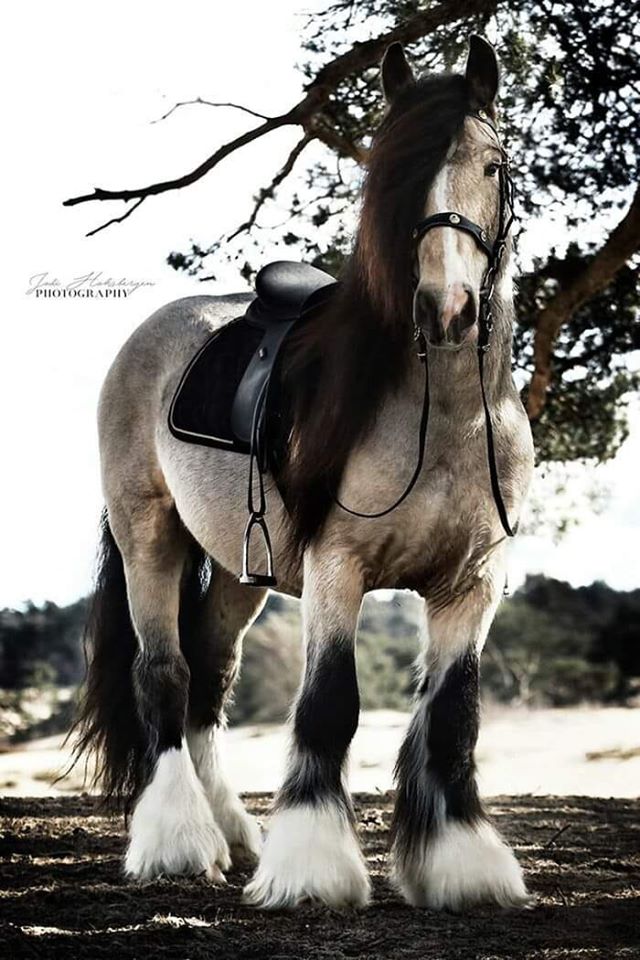The Cob is the most common of the Tinker TYPES. Cobs are a robust, sturdy and generally compact horse. They have a calm character, and confident appearance. From 2020 COB TYPES will be divided into two categories, a lighter and heavier version. This will be trialed for 2 years, and we hope you can give us feedback on this.

HEIGHT
Typically between 135cm and 156cm. Smaller and larger sizes do occur.
COLOUR
Mostly tobiano or solid coloured. Tinker with other colours are permitted.
HEAD
Small to normal size. Wide forehead is desirable. Should be in proportion to the rest of the horse. Roman nose may occur.
EYES
Bold and intelligent eyes. Blue and half blue eyes are allowed.
EARS
Well placed. Stand up straight. Not too close together. Face forward and are small to normal in size.
JAW and THROAT
Jaws are pronounced in harmony with the overall appearance of the horse. The throat is not overly spacious.

NECK
A well rounded neck is heavily encouraged. The neck should be normal to slightly short in length. It may come deep from the chest. a muscles under neck is not appreciated. Stallions should have a bigger crest.
WITHERS
Sufficient wither development, which gradually flows into the back. Flat withers may occur.
SHOULDER
Slightly steep, with a mostly good length.
FORELEGS
The forelegs should be well developed. They should be normal to heavy to match the type of horse. The forelegs should be well placed. from the side, the pastern should have an angle of 45 degrees. The legs should not be too long. the pasterns should be sufficiently long and springy. Joints are well developed.
BACK and LOINS
Length of back should be short to normal length. It should be strong and well connected.

CHEST
Wide to normal. Well muscled.
RIBS
Well rounded. the backbone should not be visible.
CROUP
Sufficient in length. Slightly sloping. Sufficiently wide and muscled.
HIND LEGS
The legs must be well developed and positioned correctly. They should be normal to heavy to suit the horses TYPE. seen from behind, the legs are straight. When seen from the side, the legs are well made and strong. The gaskin is sufficiently long and muscled. Joints are well developed. The hocks should be large and flat. The angle of the hocks should be around 150 degrees The pasterns should have an angle of about 55 degrees
HOOVES
The hooves are equally formed and hard.
FEATHER
Abundant, starting from the hock and knee. The front and back of hooves should be covered with feathering.
MANE
Normal to abundant
MOTION
A smooth, powerful and functional movement. The trot is active and often has a higher knee action.


